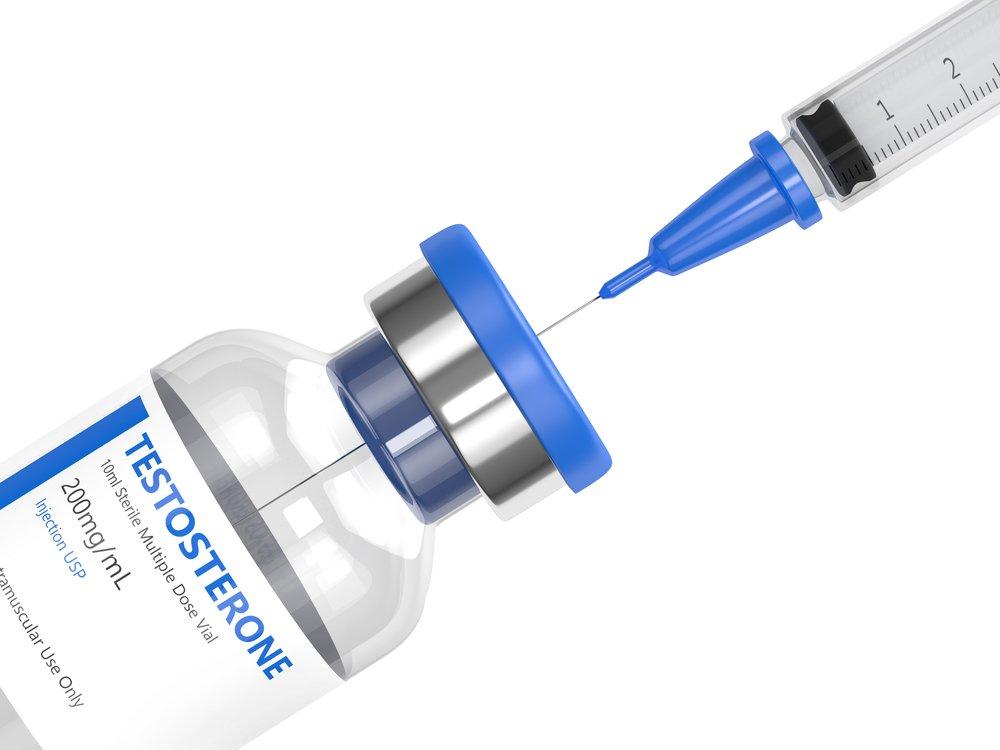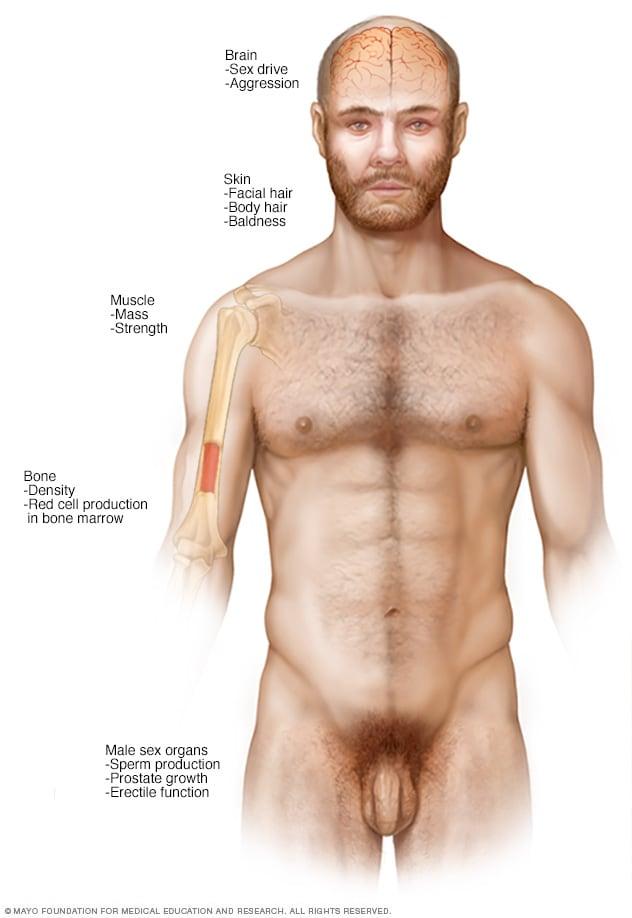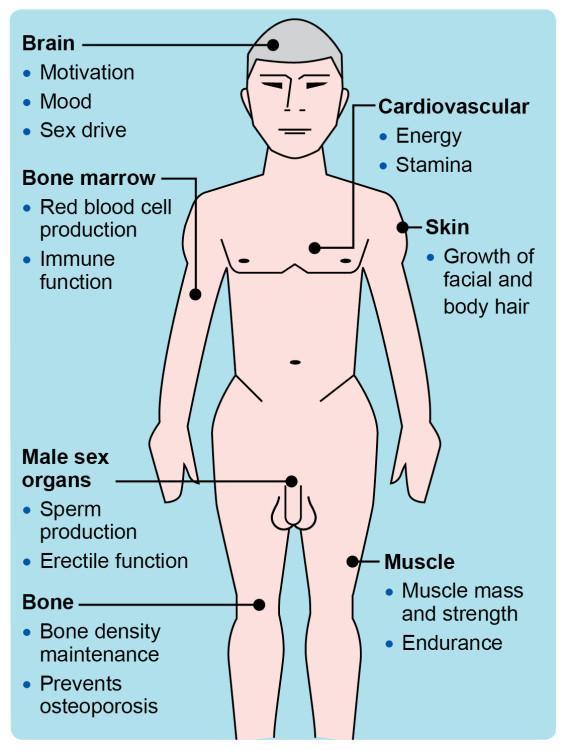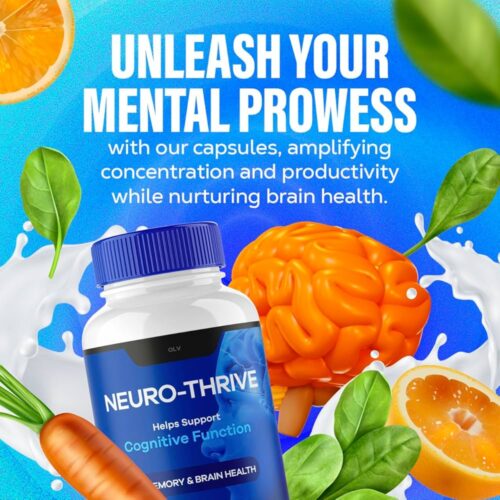Unlocking Vitality: The Role of Testosterone Therapy in Men’s Health
In the intricate tapestry of human health, hormones play a pivotal role, weaving together various aspects of physical, mental, and emotional well-being. Among these, testosterone stands out as a key player in defining masculinity and vitality. As men age, fluctuations in testosterone levels often mirror shifts in energy, mood, and overall health. This brings us to the emerging discourse surrounding testosterone therapy—a treatment that aims to restore balance and invigorate the lives of those who experience hormone deficiency. In this article, we will explore the fundamentals of testosterone therapy, examining its benefits, risks, and the science behind the treatment. Join us as we navigate the often-misunderstood landscape of men’s health and shed light on the potential of testosterone therapy to enhance quality of life and redefine what it means to age gracefully.
The Role of Testosterone in Men’s Health and Wellbeing
Testosterone is a vital hormone that significantly influences various aspects of men’s health and overall wellbeing. Its impacts are far-reaching, as it plays a crucial role in maintaining muscle mass, bone density, and libido. Low levels of testosterone can lead to an array of health issues, including fatigue, mood swings, and reduced sexual desire. Understanding the symptoms of low testosterone is essential for men to recognize when it might be time to consider seeking help from a healthcare professional. Key indicators include:
- Decreased energy levels
- Increased body fat
- Difficulty concentrating
- Loss of interest in activities
Testosterone therapy offers a potential solution for men struggling with low hormone levels, helping to restore vitality and improve quality of life. It can enhance not only physical health but also mental wellbeing, contributing to better mood regulation and overall happiness. The decision to implement testosterone therapy involves understanding potential risks and benefits. Below is a simple comparison of common treatment options:
| Therapy Option | Advantages | Considerations |
|---|---|---|
| Injections | Effective and fast-acting | Requires regular visits to clinic |
| Transdermal Patches | Convenient and easy to use | Skin irritation possible |
| Gels | Quick absorption, flexible application | Care needed to avoid contact with others |

Understanding the Signs and Symptoms of Low Testosterone
As men age, low testosterone levels can become a significant concern, often manifesting in various physical, emotional, and cognitive changes. Common signs include a noticeable decline in libido, which can lead to reduced sexual satisfaction. Additionally, many may experience persistent fatigue, even with adequate sleep, and a decrease in muscle mass despite regular exercise. These symptoms can sometimes lead to feelings of anxiety or depression, creating a cycle that further impacts overall well-being. Other potential indicators include:
- Decreased bone density
- Increased body fat
- Difficulty concentrating
- Hair loss
Recognizing these signs early can lead to timely intervention, which may include a consultation with a healthcare professional. A comprehensive assessment that includes blood tests for testosterone levels can help determine the appropriate course of action. Understanding the implications of low testosterone is crucial, as it may also open discussions about lifestyle changes that can positively affect hormone levels. In some cases, testosterone replacement therapy may be suggested to help restore balance, potentially alleviating symptoms and improving quality of life.
| Symptoms | Possible Impact |
|---|---|
| Low Libidio | Reduced Sexual Confidence |
| Fatigue | Decreased Productivity |
| Muscle Loss | Impaired Physical Strength |
| Concentration Issues | Difficulty in Daily Tasks |

Exploring the Different Types of Testosterone Therapy
The landscape of testosterone therapy is as varied as the men it aims to help, offering several options tailored to individual needs and lifestyles. Injections are one of the most traditional forms, often administered every one to three weeks, delivering a potent dose that quickly boosts testosterone levels. Alternatively, pellets can be implanted subcutaneously, releasing testosterone steadily over several months and providing a more hands-off approach. Topical solutions, such as gels or patches, are also gaining popularity for their convenience, allowing users to simply apply the treatment daily, facilitating easy application and absorption through the skin.
Each type of testosterone therapy comes with its own unique benefits and potential side effects, making it essential to discuss these thoroughly with a healthcare provider. Here’s a quick overview in the table below to highlight the differences:
| Type of Therapy | Administration Frequency | Convenience | Potential Side Effects |
|---|---|---|---|
| Injections | Every 1-3 weeks | Moderate | Injection site pain, mood swings |
| Pellets | Every 3-6 months | High | Infection, pellet extrusions |
| Topical Solutions | Daily | Very High | Skin irritation, transfer to others |

Evaluating the Benefits of Testosterone Therapy
Testosterone therapy has gained significant attention in recent years for its potential to enhance men’s health in various ways. One of the primary benefits is improving energy levels, which can translate into enhanced performance in daily activities, both physically and mentally. Men undergoing testosterone therapy often report feeling more vigorous and motivated, which can positively impact their overall quality of life. Additionally, the therapy may help in reducing symptoms of depression and anxiety, making it a compelling option for those facing mental health challenges linked to low testosterone levels.
Another key advantage of testosterone therapy is its role in promoting muscle mass and bone density. As testosterone plays a vital role in muscle growth, therapy can assist in building strength and reducing body fat, thereby enhancing physical appearance and self-esteem. Furthermore, maintaining optimal testosterone levels helps in preserving bone density, which is crucial for preventing osteoporosis and fractures in older age. The benefits can be summarized as follows:
| Benefit | Description |
|---|---|
| Energy Boost | Increased stamina and motivation for daily tasks. |
| Mental Health | Reduction in symptoms of depression and anxiety. |
| Muscle Growth | Improved strength and body composition. |
| Bone Health | Enhanced bone density and strength. |
Potential Risks and Side Effects to Consider
Engaging in testosterone therapy may offer numerous benefits, but it is crucial to acknowledge the potential risks and side effects that can arise. Some individuals may experience increased aggression, mood swings, or even anxiety, which can affect personal and professional relationships. Additionally, testosterone therapy has been linked to cardiovascular issues, such as elevated blood pressure and an increased risk of heart attack or stroke, especially in those with pre-existing health conditions. Regular monitoring of heart health and psychological well-being is recommended for those undergoing such treatment.
Moreover, hormonal changes can lead to physical side effects that should not be overlooked. Common concerns include acne, hair loss, and changes in libido, which may vary significantly from one individual to another. Men may also experience gynecomastia, a condition characterized by enlarged breast tissue, which can be distressing. To better understand these potential effects, here’s a concise comparison of common side effects associated with testosterone therapy:
| Side Effect | Description |
|---|---|
| Increased Aggression | Heightened irritability and mood changes. |
| Cardiovascular Issues | Potential increase in heart disease risk. |
| Acne | Skin eruptions from hormonal fluctuations. |
| Gynecomastia | Development of breast tissue in men. |
Lifestyle Changes to Support Healthy Testosterone Levels
Embracing a more balanced lifestyle can significantly impact testosterone production. Regular exercise is crucial; particularly strength training and high-intensity interval training (HIIT) can boost testosterone levels. Additionally, incorporating a diet rich in healthy fats, proteins, and vital nutrients contributes to hormonal balance. Focus on foods such as:
- Lean meats: chicken, turkey, and fish
- Whole grains: quinoa, brown rice, and oats
- Healthy fats: avocados, nuts, and olive oil
- Fruits and vegetables: broccoli, spinach, and berries
Moreover, managing stress through mindfulness practices and adequate sleep cannot be underestimated. Chronic stress elevates cortisol, which can inhibit testosterone production. Aim for 7-9 hours of quality sleep each night, and explore techniques like meditation, yoga, or deep breathing to promote relaxation. Below is a concise overview of lifestyle factors impacting testosterone:
| Factor | Impact on Testosterone |
|---|---|
| Exercise | Boosts levels through increased muscle mass |
| Diet | Supports hormone production and balance |
| Sleep | Critical for recovery and hormonal regulation |
| Stress Management | Reduces cortisol levels, improving testosterone |
Making Informed Decisions: Consulting with Healthcare Professionals
When considering testosterone therapy, it’s essential to engage in a thorough consultation with healthcare professionals who understand the nuances of hormone management. These experts can help identify whether testosterone levels are genuinely low and if therapy is appropriate. Key discussions during these consultations may include:
- Medical history and symptoms
- Potential benefits and risks of therapy
- Alternative treatment options
- Regular monitoring plans
Moreover, it’s crucial to discuss personal health goals and lifestyle factors that might influence therapy outcomes. Healthcare professionals can provide insights into:
- Nutrition and exercise recommendations
- Psychological effects of hormone therapy
- Long-term health implications
| Consideration | Importance |
|---|---|
| Symptoms Assessment | Identifies eligibility for therapy |
| Risk Evaluation | Prevents adverse health outcomes |
| Follow-Up Care | Ensures therapy effectiveness |
Q&A
Q&A: Understanding Testosterone Therapy for Men’s Health
Q1: What is testosterone therapy, and why is it used?
A1: Testosterone therapy involves the administration of testosterone to men who have low levels of this hormone. It’s often used to treat symptoms of testosterone deficiency, which can include fatigue, reduced libido, mood changes, and decreased muscle mass. The therapy aims to restore hormonal balance, thus enhancing overall quality of life.
Q2: Who is a good candidate for testosterone therapy?
A2: Good candidates for testosterone therapy typically include men diagnosed with hypogonadism, a condition where the body doesn’t produce enough testosterone. This can be due to various causes including age, medical conditions, or injuries. However, a thorough evaluation by a healthcare professional is essential to determine if therapy is appropriate, as symptoms may overlap with other health issues.
Q3: What are the different methods of administration for testosterone therapy?
A3: Testosterone can be administered through several methods: intramuscular injections, transdermal patches, topical gels, or pellets implanted under the skin. Each method has its pros and cons, so the choice often depends on a patient’s lifestyle, preferences, and the medical advice they receive.
Q4: What potential benefits can men expect from testosterone therapy?
A4: Men undergoing testosterone therapy may experience a range of benefits, including improved energy levels, enhanced libido, better mood, increased muscle mass, and improved bone density. Some men may also notice a boost in cognitive function and overall well-being, contributing to a more active lifestyle.
Q5: Are there any risks associated with testosterone therapy?
A5: Yes, like any medical treatment, testosterone therapy carries potential risks. These can include increased risk of heart disease, sleep apnea, mood swings, and prostate issues. Regular monitoring by a healthcare provider is crucial to minimize risks and address any side effects that may arise during treatment.
Q6: How is the effectiveness of testosterone therapy monitored?
A6: The effectiveness of testosterone therapy is typically monitored through regular blood tests to check testosterone levels, along with observations of symptom improvement. Healthcare providers will also assess any potential side effects through physical exams and discussions about changes in mood, energy, and overall health.
Q7: Can lifestyle changes also impact testosterone levels?
A7: Absolutely! Lifestyle factors such as diet, exercise, sleep, and stress management play a significant role in testosterone levels. A balanced diet, regular physical activity, adequate sleep, and stress reduction can help naturally boost testosterone levels and improve overall health.
Q8: Is testosterone therapy a long-term commitment?
A8: For many men, testosterone therapy can be a long-term commitment. The need for ongoing therapy is often evaluated on an individual basis, taking into account response to treatment and changes in health status. Regular follow-ups with a healthcare provider help ensure that the therapy remains beneficial and safe.
Q9: How can men initiate testosterone therapy if they suspect low levels?
A9: Men who suspect they have low testosterone levels should first consult a healthcare professional. This initial visit will likely involve a detailed medical history, a physical examination, and blood tests to measure testosterone levels. From there, a tailored approach can be developed to address their specific needs and health goals.
Q10: What is the current outlook on testosterone therapy for men’s health?
A10: The outlook for testosterone therapy continues to evolve as research sheds light on its benefits and risks. It holds promise for many men experiencing the effects of low testosterone, offering a pathway to enhanced health and vitality. As with any therapy, informed decision-making and professional guidance remain paramount in navigating this treatment option.
To Wrap It Up
testosterone therapy stands as a beacon of hope for many men navigating the complexities of hormonal fluctuations and age-related challenges. With a potential to enhance vitality, improve mood, and bolster physical health, this treatment option invites a deeper exploration into the intricate relationship between hormones and overall well-being. However, as with any medical intervention, it is imperative to approach testosterone therapy with caution and informed guidance. Prioritizing consultation with healthcare professionals ensures that each individual’s unique circumstances are considered, paving the way for tailored solutions that empower men to reclaim their health. As the dialogue surrounding men’s health continues to evolve, embracing a holistic approach—rooted in knowledge, awareness, and open communication—will undoubtedly reveal new avenues for achieving balance and vitality in life. So, whether you’re considering therapy or simply seeking more information, remember that the journey towards optimal health is one best taken with understanding and care.










